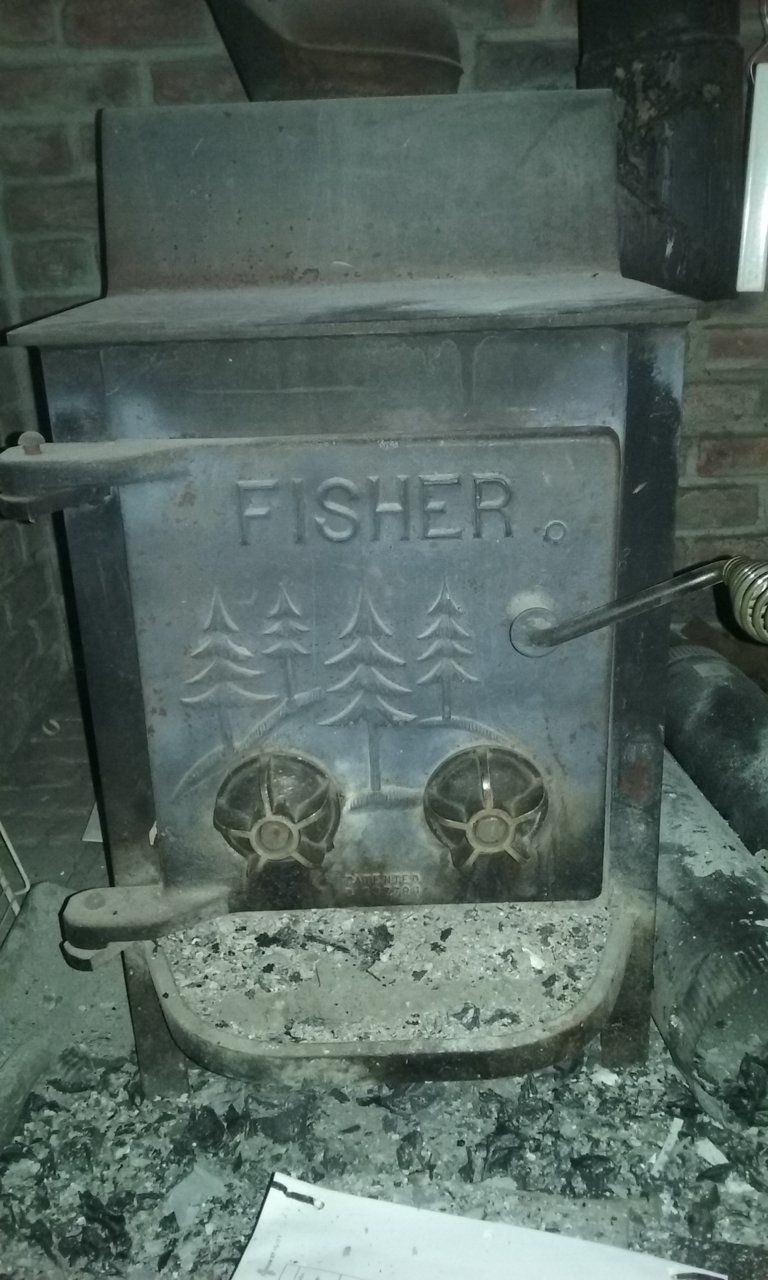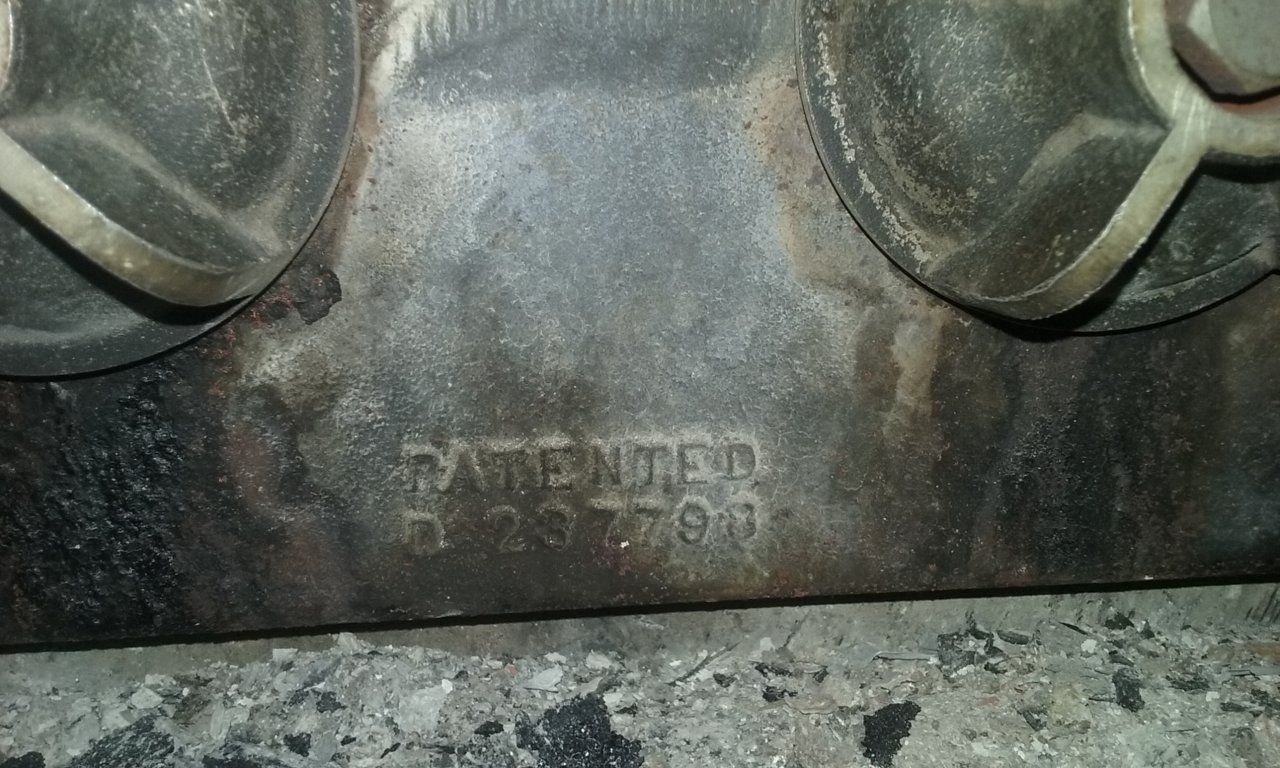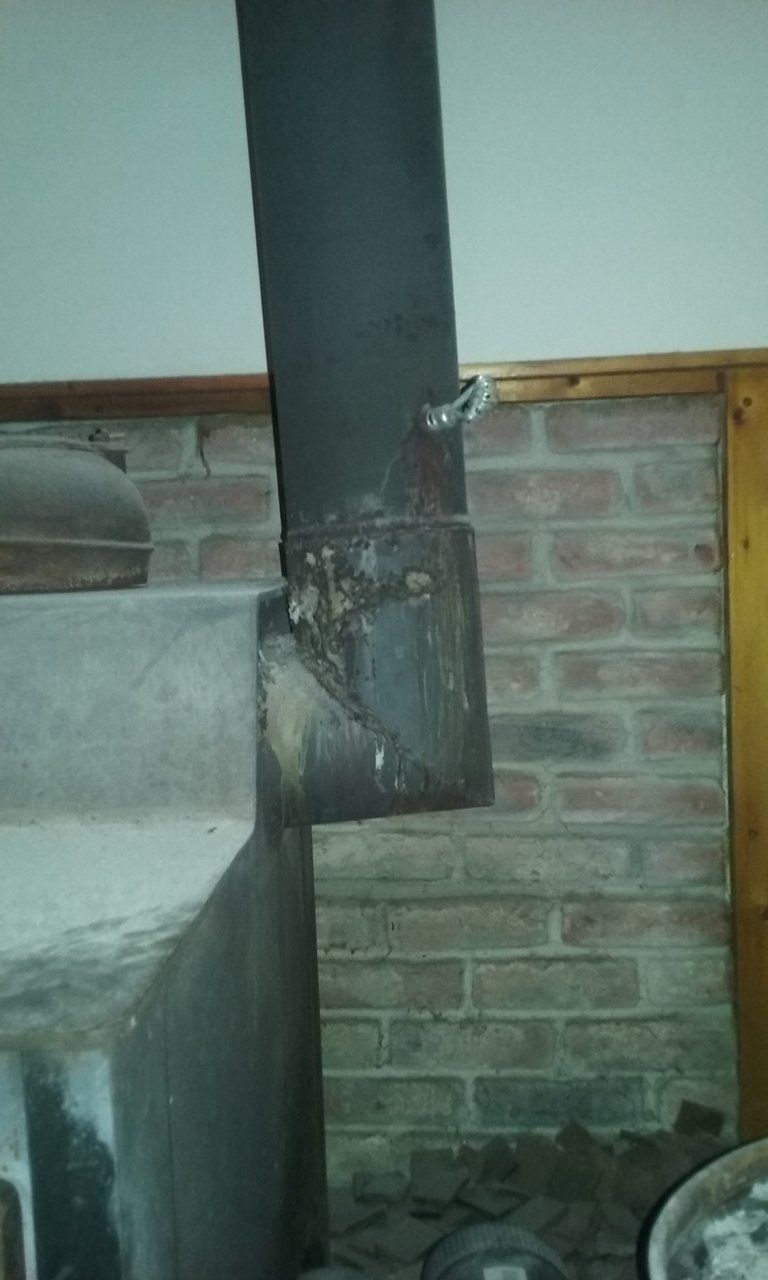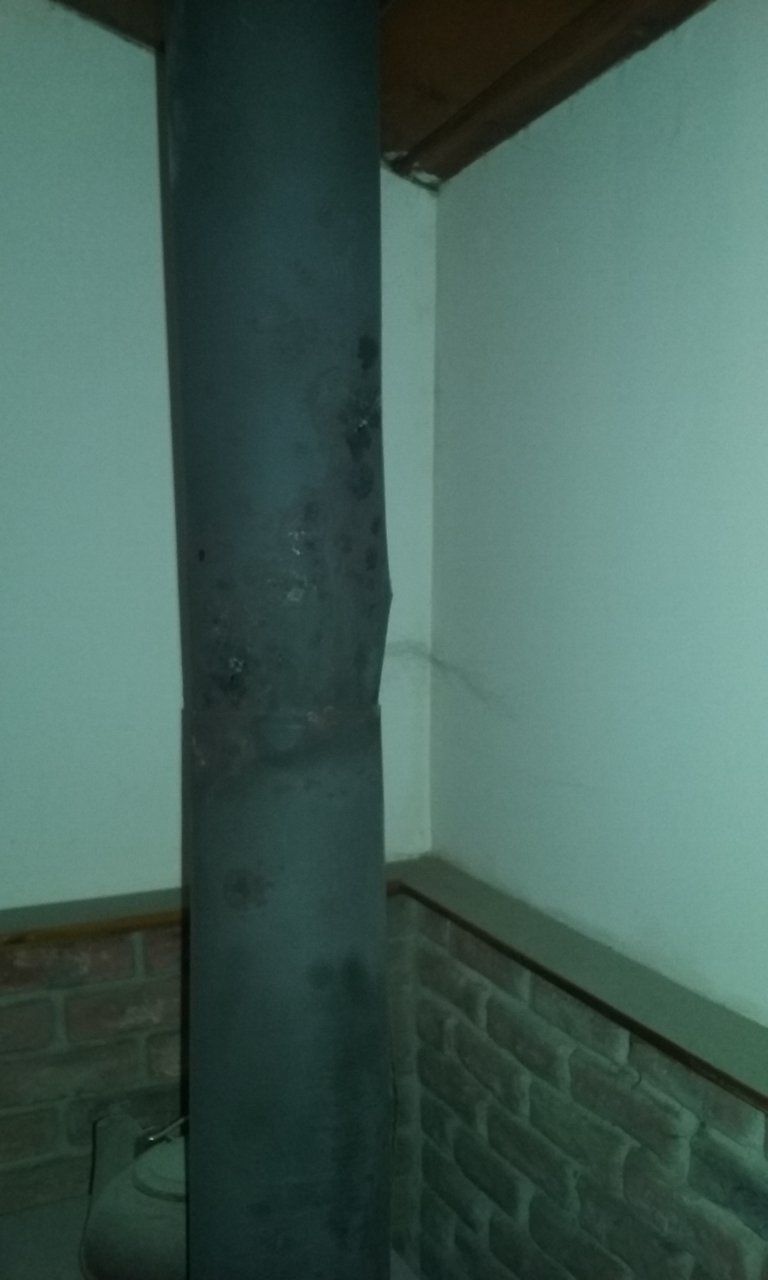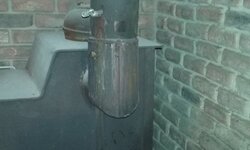Hi Coaly et al. Just stumbled across this forum looking for info on reducing emissions from my Fisher, which I now know to be a Mama Bear. (I'm in Rio Nido, California, about 15 miles west of Santa Rosa.) There's a fire in her now, so not going searching under or behind for weld marks or UL plates.
It looks like there used to be a Fisher retailer just a few miles from here, in Forestville. I'd bet that's where she came from. I've uploaded a few pictures, but they haven't been approved yet.
She desperately needs new stovepipe put in as it's full of little holes and literally coming apart at the seams. Dad, from whom I inherited the house and Mama, was famous for half-assing things so they worked well enough for his immediate purposes and never doing them "right" later on. I'd like to get her new pipes done right, and anything else that needs doing to have her running properly. Any tips?
It looks like there used to be a Fisher retailer just a few miles from here, in Forestville. I'd bet that's where she came from. I've uploaded a few pictures, but they haven't been approved yet.
She desperately needs new stovepipe put in as it's full of little holes and literally coming apart at the seams. Dad, from whom I inherited the house and Mama, was famous for half-assing things so they worked well enough for his immediate purposes and never doing them "right" later on. I'd like to get her new pipes done right, and anything else that needs doing to have her running properly. Any tips?


